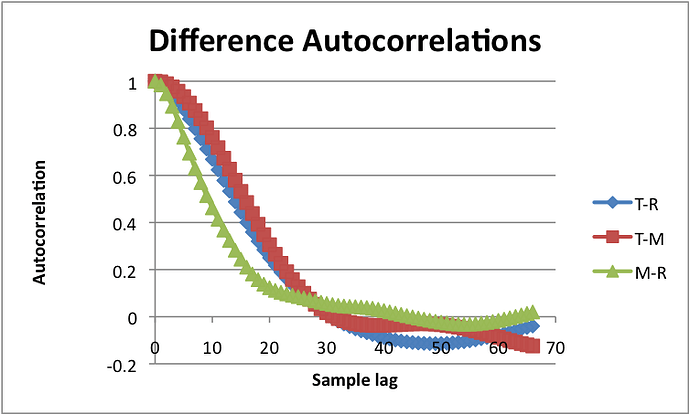[From Rick Marken (2009.09.14.0900)]
Bill Powers (2009.09.13.1840 MDT)–
Rick Marken (2009.09.12.1740) –
RM:
Yes, I’m all for getting to Phase 2. But while Phase 1 is under way (and it is) can’t we agree that, while we have no accurate model, the data suggest that the consequences of Bush’s tax policies have been a huge increase in the deficit and a terrible recession and that this policy should be repealed and a different policy, like raising rather than lowering taxes on the wealthy, should be tried?
BP: I might go along with that if you could estimate the chances that raising taxes is likely to make matters worse instead of better. What were those correlations you were talking about?
RM: I don’t think that’s really necessary. I’m not trying to increase growth or reduce unemployment by raising taxes. I am suggesting that we try raising taxes (progressively) to rates that prevailed prior to 1980 in order to reduce what has become a chronic deficit. I think there is some consensus that you reduce deficits by increasing revenue. So assuming that spending remains constant or increases the only way to reduce the deficit is to increase revenue, which means increasing taxes. Economists have been recommending against this policy because they say increasing taxes is recessionary. I’m saying that there is no evidence that this is true (or untrue). So I recommend raising taxes and seeing what happens. If, in fact, the tax increase seems to start a slowdown, then it’s pretty easy to go back (after a long enough trial period – two years, perhaps) to the lower tax rate. It’s a LOT easier to lower taxes than to raise them.
I’ve also been thinking about the fact that our discussion of correlation has been ignoring the fact that we are correlating variables that vary over time. This violates some of the basic assumptions about the correlation coefficient that are made when determining statistical significance (the main assumption being that the data points are independent, which they clearly are not in a time series). I presume the violation of these assumptions would also affect the estimates of prediction odds based on the correlation. In other words, the correlation between two time series (like annual tax and growth rate) violates the basic assumptions of whatever model underlies the statistical use of correlation.
But I do think that the correlation can be useful in the analysis of time series data. In particular, I think we can learn something form the “lagged” correlations where we look at the correlation between one time series and another at different time lags (and/or leads). The lag at which these correlations reach maximum (and minimum) seem like a reasonable measure of something like the phase relationship between these time series. A relatively flat set of lagged correlations would suggest no relationship between the time series; a nicely peaked set would suggest that there is some kind of relationship. This seems like a possibly useful new way of using correlation to study time series data. Whaddaya think?
Maybe such analysis methods already exist; I’ll check.
Best
Rick
···
–
Richard S. Marken PhD
rsmarken@gmail.com
www.mindreadings.com
